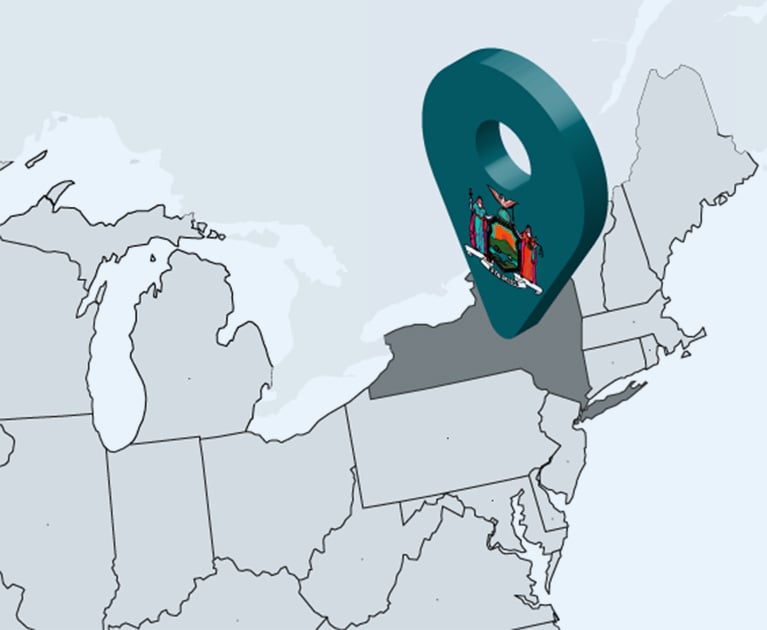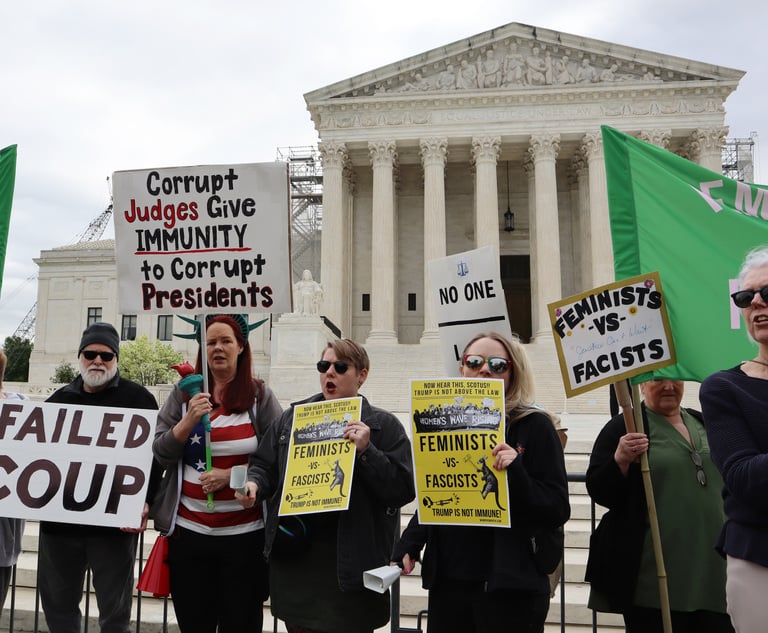In the late 20th century when New York State’s money laundering statute, Penal Law Article 470, was severely limited before it was amended in 2000, law enforcement sought a viable weapon to combat rampant money laundering of illicit narcotics sales through unlicensed money transmitter businesses. These illegal enterprises were everywhere, many being used as conduits by New York-based agents of the then all-powerful Cali and Medellin drug cartels. See, e.g., Stephen Labaton, Unassuming Storefronts Believed to Launder Drug Dealer’ Profits, N.Y. Times (Sept. 25, 1989) p.1; Laura L. Castro, Customers Put Funds at Risk At Unlicensed Money Houses, Newsday (June 27, 1988) p.5; Peter A. Crusco, New York’s Money Laundering Statute, NYLJ (March 13, 2000), p.1.
In the midst of all this chaos, law enforcement discovered a little used weapon, a criminal statute reposing in the Banking Law, concerning “Transmitters of Money,” §650, which became a key tool in enforcement efforts against the powerful cartels, and a staple for search warrant applications many of which resulted in significant arrests of international money laundering targets based in New York.


 Peter A. Crusco
Peter A. Crusco




